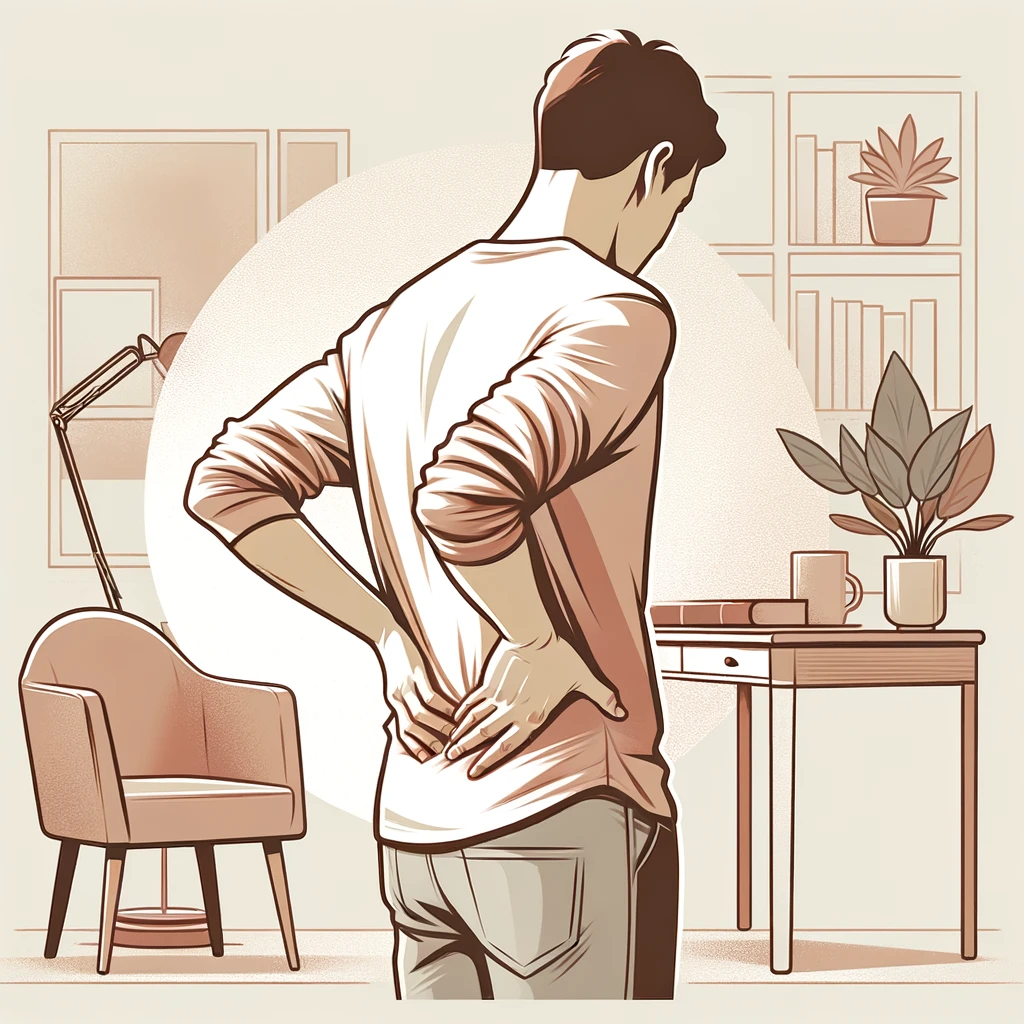Understanding Back Pain: Causes, Diagnosis, Treatment, Surgery, and Outlook

Dr. Craig Smith, MD
4 Min read
Back pain is a pervasive and often debilitating condition that affects millions of people worldwide. The complexity of the human spine makes it susceptible to various issues, leading to discomfort and restricted mobility. In this comprehensive guide, we will explore the causes of back pain, including conditions like spondylolisthesis, methods of diagnosis, available treatments, surgical interventions, and the outlook for individuals dealing with this prevalent condition.
Causes of Back Pain:
Muscle Strain and Ligament Sprain: One of the most common causes of back pain is overexertion or improper use of the muscles and ligaments supporting the spine. Poor posture, heavy lifting, or sudden movements can lead to strains and sprains.
Herniated Disc: The intervertebral discs act as cushions between the vertebrae, and when the soft inner material protrudes through the tough outer layer, it can irritate nearby nerves, causing back pain.
Degenerative Disc Disease: Over time, wear and tear on the discs can lead to degeneration, causing pain and reducing the spine's ability to absorb shock effectively.
Osteoarthritis: This degenerative joint disease can affect the spine's facet joints, leading to pain, stiffness, and reduced flexibility.
Spinal Stenosis: The narrowing of the spinal canal can put pressure on the spinal cord and nerves, resulting in back pain.
Scoliosis: Abnormal curvature of the spine can cause pain, especially when the condition is severe or progresses.
Spondylolisthesis: Spondylolisthesis occurs when a vertebra in the spine slips forward over the one below it. This condition can result from stress fractures in the small joints (pars interarticularis) between the vertebrae.
Diagnosis of Back Pain:
Accurate diagnosis is crucial for developing an effective treatment plan. Healthcare professionals employ various methods, including:
Medical History and Physical Examination: Understanding the patient's medical history and conducting a thorough physical examination helps identify potential causes and areas of concern.
Imaging Studies: X-rays, MRIs, and CT scans provide detailed images of the spine, revealing structural abnormalities, herniated discs, spondylolisthesis, or other issues.
Laboratory Tests: Blood tests can help identify underlying conditions such as infections or inflammatory disorders that may contribute to back pain.
Nerve Studies: Electromyography (EMG) and nerve conduction studies can assess nerve function and identify issues that may be causing pain.
Treatment Options:
Conservative Measures: ● Rest, ice, and heat therapy ● Physical therapy to strengthen core muscles and improve flexibility ● Pain medications and anti-inflammatory drugs ● Lifestyle modifications, including ergonomic improvements and weight management
Interventional Procedures: ● Epidural steroid injections to reduce inflammation and alleviate pain ● Facet joint injections for pain relief in specific spinal joints ● Nerve blocks to target and interrupt pain signals
Physical Rehabilitation: ● Targeted exercises and stretches under the guidance of a physical therapist ● Core strengthening exercises to provide better support for the spine
Surgical Interventions: ● Depending on the severity, spondylolisthesis may require surgical intervention, such as spinal fusion, to stabilize the slipped vertebra and alleviate pressure on nerves.
Risks and Complications of Surgery:
It's essential to acknowledge that surgical interventions carry inherent risks. Patients should be aware of potential complications, such as infection, bleeding, or nerve damage, and discuss these thoroughly with their healthcare providers.
Outlook:
The outlook for individuals with back pain varies based on the cause, severity, and response to treatment. Many people experience significant improvement with conservative measures and lifestyle modifications. However, those requiring surgery, especially for conditions like spondylolisthesis, may face a longer recovery period.
Preventive Measures:
● Maintain a healthy weight to reduce stress on the spine. ● Practice good posture and body mechanics during daily activities. ● Engage in regular exercise to strengthen core muscles and improve flexibility.
Long-Term Management:
● Continued physical therapy or home exercises to maintain spinal health. ● Periodic monitoring and adjustments to treatment plans based on the individual's needs.
Innovations in Treatment:
● Mention any recent advancements or innovative treatments in the field of back pain management, such as minimally invasive procedures or emerging technologies.
Psychosocial Factors:
● Discuss the impact of psychosocial factors on back pain, including stress, anxiety, and depression, and how addressing these factors may contribute to overall treatment success.
Patient Success Stories:
● Share brief anecdotes or case studies of individuals who have successfully managed or overcome back pain, including those with spondylolisthesis, highlighting various paths to recovery.
Challenges and Coping:
Chronic back pain may present challenges, both physically and emotionally. Support groups, counseling, or pain management programs can assist individuals in coping with the long-term effects.
Conclusion:
Back pain is a multifaceted condition with numerous potential causes, requiring a tailored approach to diagnosis and treatment. While many individuals find relief through conservative measures, surgical interventions may be necessary in more severe cases, especially when conditions like spondylolisthesis are present. Understanding the causes, seeking timely diagnosis, and exploring appropriate treatment options contribute to a better prognosis and improved quality of life for those dealing with back pain.